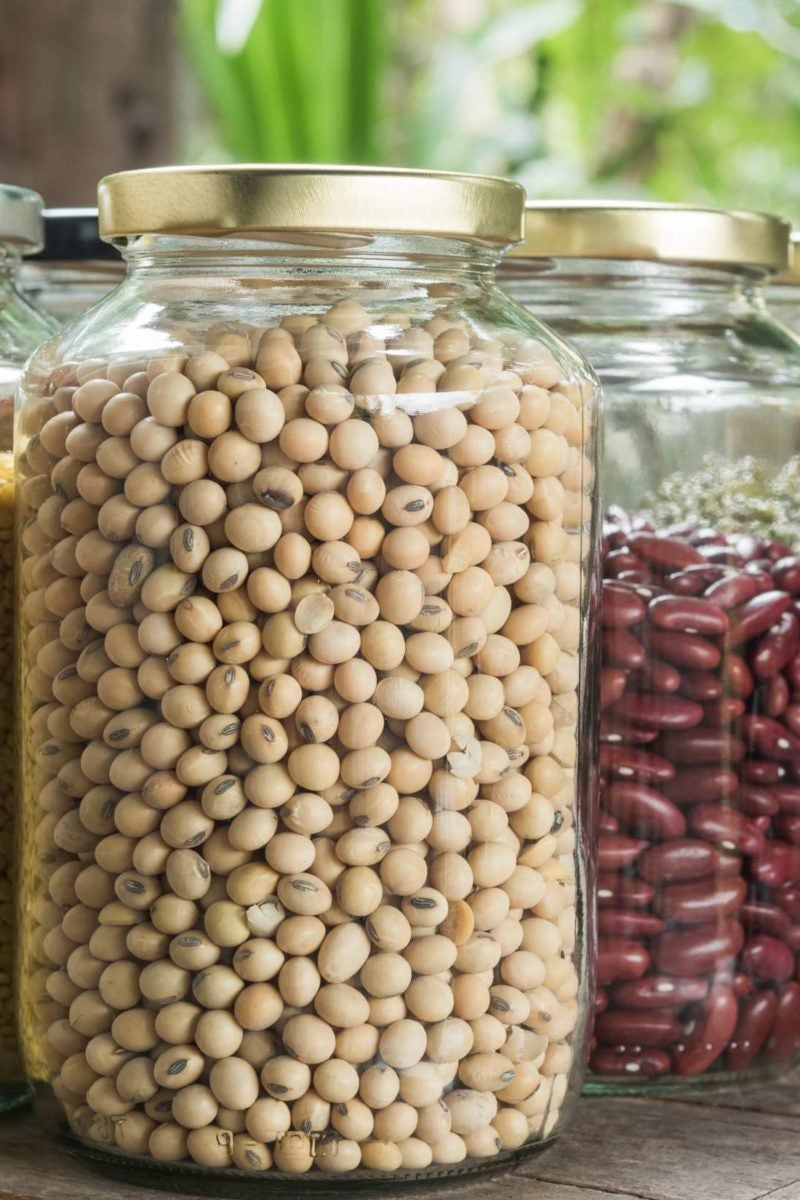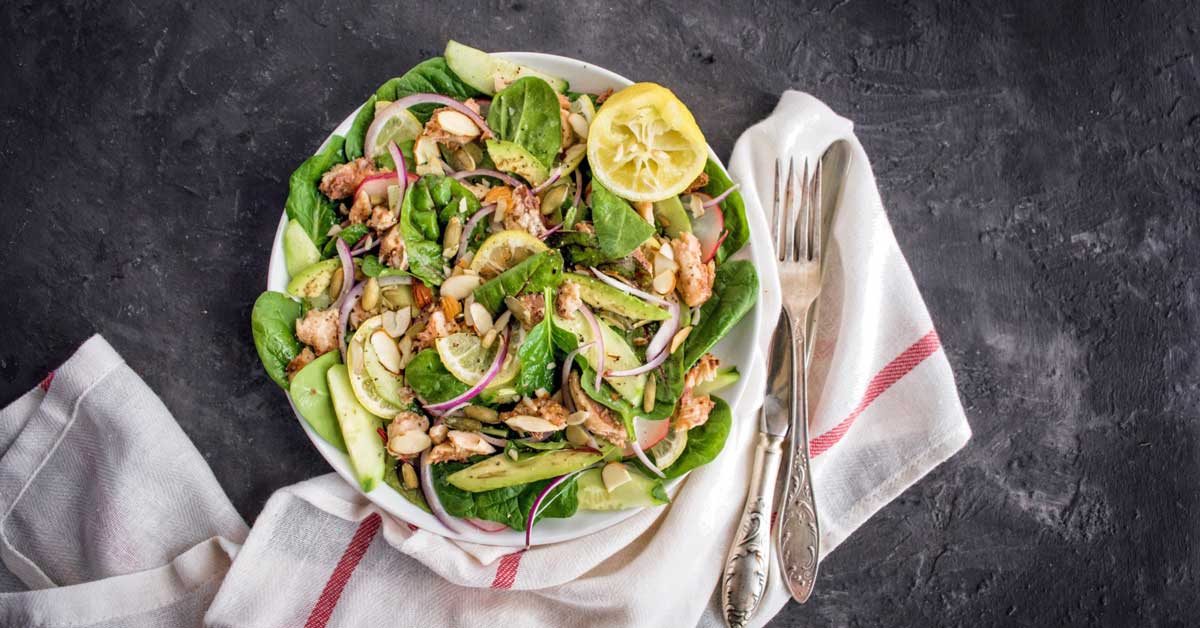By: Mayo Clinic Staff
Definition
Gluten is a protein found in most grains. The gluten found in wheat, barley, rye and triticale (a cross between wheat and rye) can trigger serious health problems or other insensitivities. While other grains such as corn, rice and quinoa also contain gluten, they don't seem to cause the same problems as wheat, barley, rye and triticale.
Because wheat, rye, barley and foods made from them are so common, removing them from your diet likely changes your overall intake of fiber, vitamins and other nutrients. Therefore, it's important to know how to choose your foods in order to meet your overall nutritional needs.
Your doctor or a dietitian can help you make appropriate dietary choices to maintain a well-balanced diet.
Purpose
A gluten-free diet is essential for managing signs and symptoms of celiac disease and other medical conditions associated with gluten.
A gluten-free diet is also popular among people who haven't been diagnosed with a gluten-related medical condition. The claimed benefits of the diet are improved health, weight loss and increased energy, but more research is needed.
Celiac disease is a condition in which gluten triggers immune system activity that damages the lining of the small intestine. Over time this damage prevents the absorption of nutrients from food. Celiac disease is an autoimmune disorder.
Non-celiac gluten sensitivity causes some signs and symptoms associated with celiac disease — including abdominal pain, bloating, diarrhea, constipation, "foggy brain," rash or headache — even though there is no damage to the tissues of the small intestine. Studies show that the immune system plays a role, but the process isn't well understood.
Gluten ataxia, an autoimmune disorder, affects certain nerve tissues and causes problems with muscle control and voluntary muscle movement.
Wheat allergy, like other food allergies, is the result of the immune system mistaking gluten or some other protein found in wheat as a disease-causing agent, such as a virus or bacterium. The immune system creates an antibody to the protein, prompting an immune system response that may result in congestion, breathing difficulties and other symptoms.
Diet details
Following a gluten-free diet requires paying careful attention to food selections, the ingredients found in foods, and their nutritional content.
Allowed fresh foods
Many naturally gluten-free foods can be a part of a healthy diet:
- Fruits and vegetables
- Beans, seeds, legumes and nuts in their natural, unprocessed forms
- Eggs
- Lean, nonprocessed meats, fish and poultry
- Most low-fat dairy products
Grains, starches or flours that can be part of a gluten-free diet include:
- Amaranth
- Arrowroot
- Buckwheat
- Corn — cornmeal, grits and polenta labeled gluten-free
- Flax
- Gluten-free flours — rice, soy, corn, potato and bean flours
- Hominy (corn)
- Millet
- Quinoa
- Rice, including wild rice
- Sorghum
- Soy
- Tapioca (cassava root)
- Teff
Grains not allowed
Avoid all foods and drinks containing the following:
- Wheat
- Barley
- Rye
- Triticale — a cross between wheat and rye
- Oats, in some cases
- While oats are naturally gluten-free, they may be contaminated during production with wheat, barley or rye. Oats and oat products labeled gluten-free have not been cross-contaminated. Some people with celiac disease, however, cannot tolerate the gluten-free-labeled oats.











